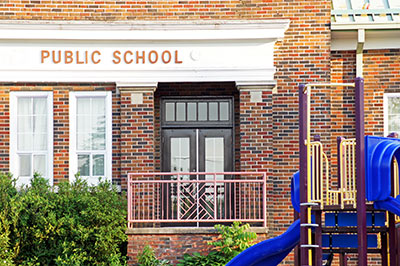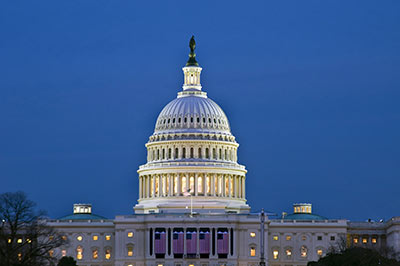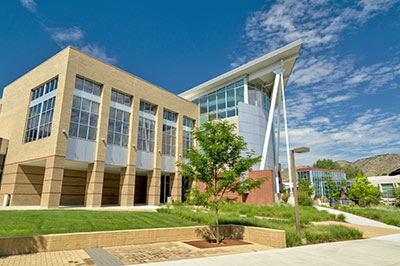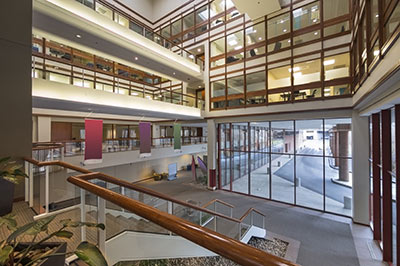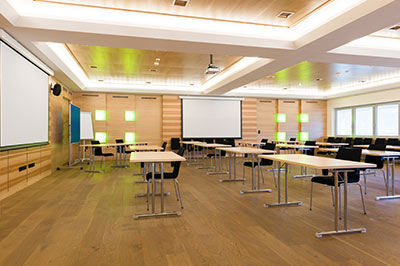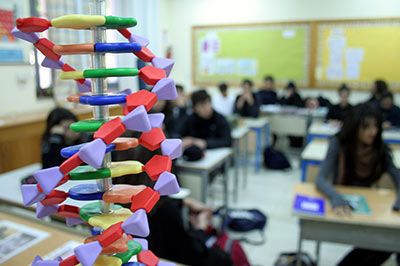By T. R. Dunlap
Nobody should underestimate the importance of careful planning when schools engage in any operation or initiative. While many of us are eager to take an idea and run with it, the academic literature and case studies frequently remind us that planning cannot be ignored. The research has indicated that the quality of a school's site-based plan is crucial to ensure positive implementation outcomes (Strunk, Marsh, Bush-Mecenas, & Duque, 2016), and other planning initiatives are equally invaluable. Whether a school is looking to build, expand, consolidate, or make changes in their operations, is it best to produce a planning document to clearly identify steps and describe the vision to others. Cook (2001) describes the important components in developing effective plans in his book Strategics: beliefs, mission, parameters, strengths, weaknesses, organizational design, competition, external analysis, critical issues, objectives, strategies, and priority actions. These considerations can act as a template when educational planners begin their work to plan the future of their facility.
Facility planning for schools is a dynamic and challenging venture. As educational planners, we have to be aware of the many stakeholders and competing interest involved in our planning initiatives. Whether you're an experienced planner or new to the enterprise of facility planning, the Education Facilities Clearinghouse (EFC) has been working to supply you with useful resources for your work. Our library and training tools feature some helpful planning document, and we've produced a video series on the important aspects of facility planning. Educational facilities planning should include 5 major planning documents: educational facilities master plan, capital improvement plan, maintenance plan, energy and environmental management plan, and a safety and emergency operations plan. To learn more watch the first video in our series on Education Facilities Planning.
To view the entire series, click here.
State and federal mandates for school systems require us to develop meaningful plans to establish vision and direction and demonstrate accountability with those in the community and governing authorities. Federal mandates have also come with capacity building initiatives to help school leaders create and maintain effective plans. For example, in light of the demands for schools to be ready in the event of emergency, the federal departments of State, Homeland Security, Justice, and Health and Human Services, along with the FBI and FEMA jointly produced the Guide for Developing High-Quality School Emergency Operations Plans, which is housed on the EFC website, to help schools establish a planning protocol and develop meaningful planning documents. Similarly, the EFC has also been established by a federal grant to supply schools with technical assistance as school leaders begin and operate in the planning process. As your school has need of help in planning activities, keep in mind the many resources that are available.
For additional planning resources, click here.
References
Cook, W. J. (2000). Strategics: the art and science of holistic strategy. Westport, Conn.: Quorum Books.
Strunk, K. O., Marsh, J. A., Bush-Mecenas, S. C., & Duque, M. R. (2016). The best laid plans an examination of school plan quality and implementation in a school improvement initiative. Educational Administration Quarterly, 52(2), 259–309.


